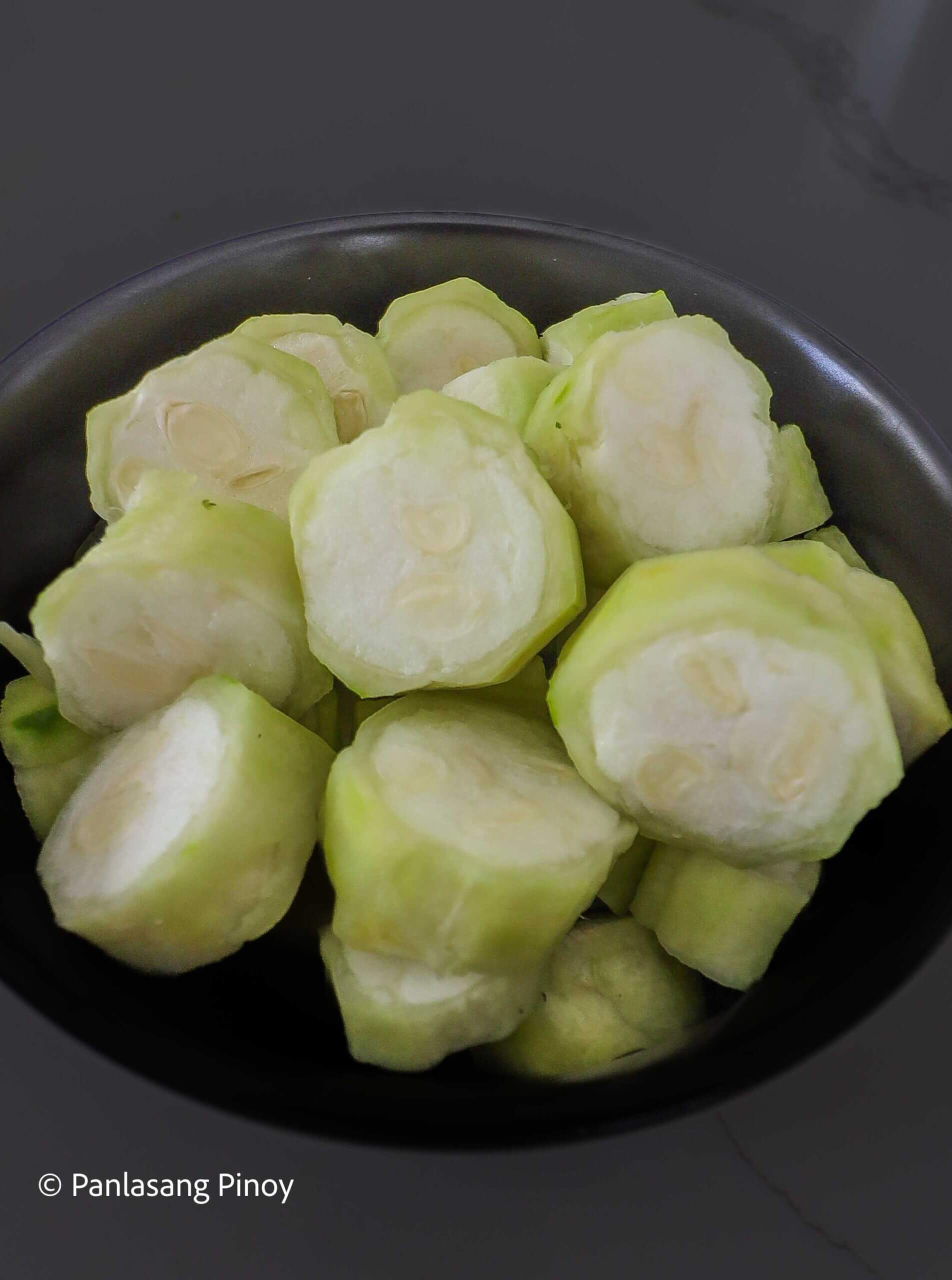Leave a Comment
Published: 4/25/24
This post may contain affiliate links. Please read our disclosure policy.
Aside from the Filipino slang term derived from it, how well do you know the nutritious ingredient that is patola? You might have heard this word a lot lately because it has been used somewhat interchangeably with the Filipino word “patol” to describe those willing to respond to internet trolls. But for the cooks out there, this holds a more special meaning as a favorite among soup recipes and more. This article is for the people curious about what this food brings to the table in terms of taste, health benefits and more! Get to know our tasty patola with me.
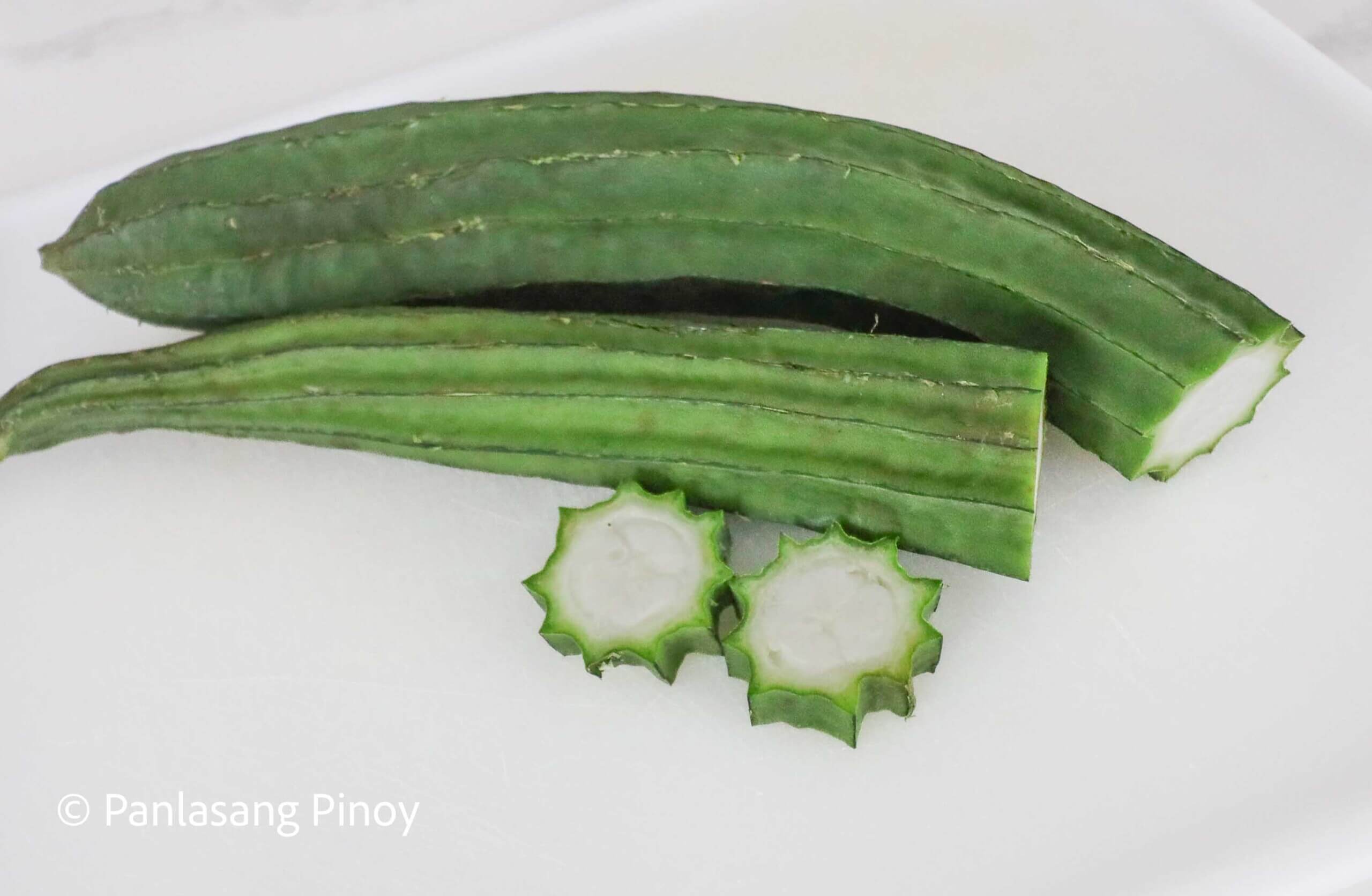

More about patola
Patola in English is actually the sponge gourd or the silk squash. Funnily enough, this is actually a fruit. But if you are familiar with the numerous Filipino dishes that make use of the ingredient, it is likely that you have always thought it was a vegetable. Just like the cucumber, our patola is technically a fruit, specifically an unripe one of a plant with the scientific name Luffa acutangular and Luffa aegyptiaca.
We will dive further into this plant later on, and how we can grow some in our own backyard. For now, take a look at the advantages for your body that are waiting when you cook up some delightful patola recipes!
Patola benefits to your health
Studies show that sponge gourd is rich in beta-carotene. This component is great for keeping you protected from eye diseases, as well as strengthening your immune system. Patola also has blood-cleansing qualities, which helps in maintaining your skin. Your liver health can also get a boost from this ingredient.
As for other vitamins and minerals, you can expect to get the likes of zinc, iron, vitamin C, magnesium and more just from this ingredient alone. Vitamin C is another component that is perfect for improving your immunity. There is also a great deal of dietary fiber in this, and that can really help lower the chances of constipation, while keeping your bowel system in order.
Our patola is also great for balancing your blood sugar levels, which is helpful for those who have type 2 diabetes. We also cannot forget about the anti-inflammatory qualities this fruit has. Now I would say you are quite familiar with how much you will benefit from enough servings of patola. How about learning to plant your own?
How to plant patola
Direct-seeded
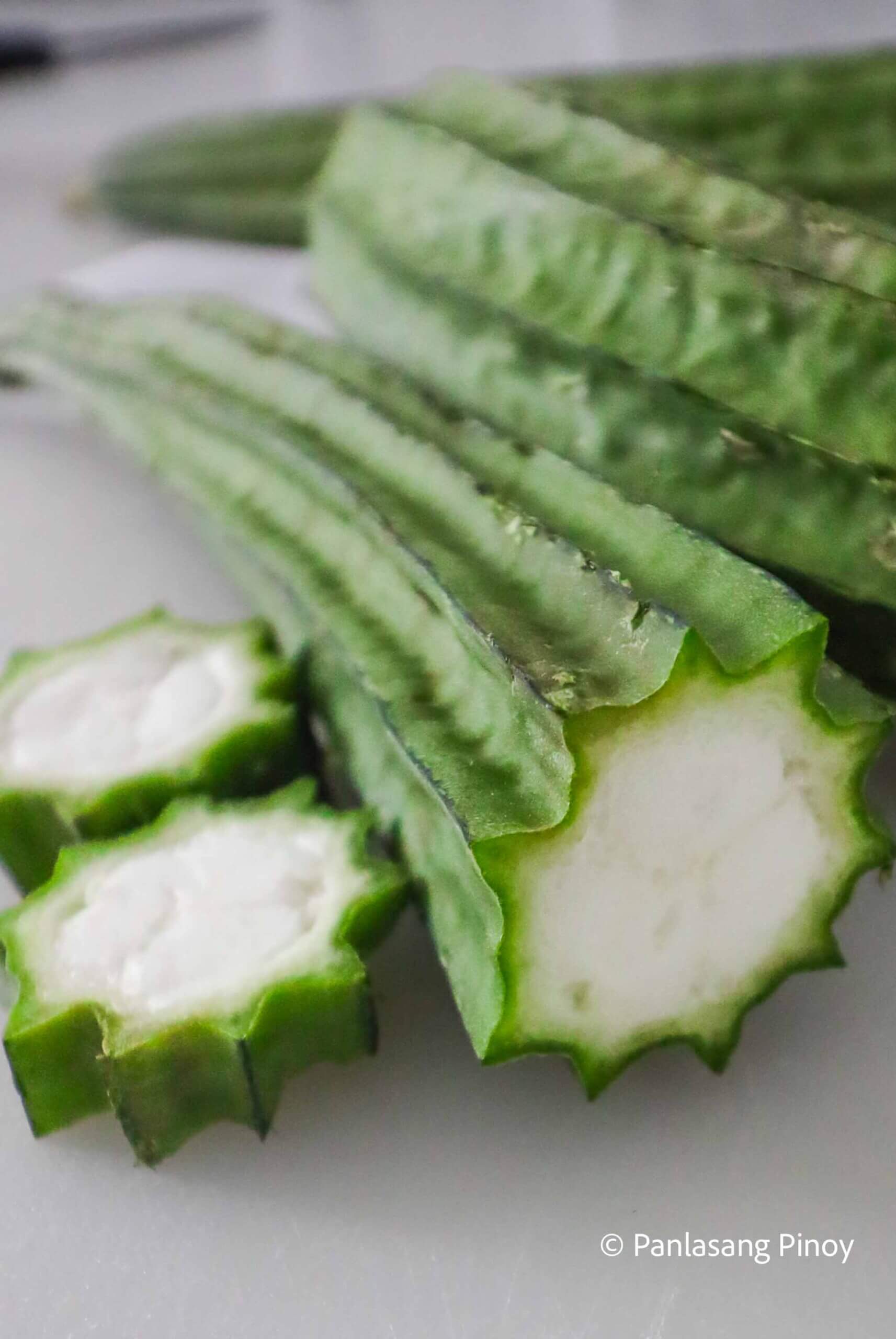

The first way you could take a look at when it comes to planting your patola is direct seeding. This means putting your seeds directly in the garden. I would suggest that before you plant your seeds though, try soaking them overnight with clean water to help in germination. Then use a moist cloth to wrap the seeds with, and store this in a cool and dark area until the seed coat has broken.
Now when you plant the seeds, put around one to two of them at a distance of 1 meter. Then place a thin layer of soil on top. During the wet season, I would suggest planting the seeds in raised beds to keep them protected from rotting because of floods.
Transplanted
As for this method, transplanting is best if you want to make the most of your seeds, making sure that the seedling survives. This way is essentially preparing your seeds before planting them in your garden. And if you truly want the best results for patola, this is the way to go. Start by getting your soil media ready. You may use the ready-mixed kind. But you also have the option of making it with one part organic or compost fertilizer, one part garden soil, and one part carbonized rice hull.
Get your seedling trays, and fill each with the soil media. Afterwards, water the potting media. Sow a pre-germinated seed like we did in the direct-seeded method for every hole. Make sure this is around 1 to 2 centimeters deep at least. Then cover the seeds with fine soil. Put your trays under a temporary shade, and don’t forget to water them regularly.
We will need to harden these seedling a week before transplanting by slowly lessening our watering, and getting them more sunlight exposure. When true leaves have developed, or around 10 to 15 days after emergence, you will know these are ready to be transplanted. Put one seedling per hill with 1 meter of distance between them.
Had fun testing out if you have a green thumb? Tell me about your experience planting patola by leaving a comment in the comments section below!
Which patola recipe should I try out?
Shall we move on to the cooking part then? As I have told you, this is a perfect ingredient for when you want something that will give you a healthy boost. But it is also really great taste and texture-wise. And that is why there are a bunch of recipes to choose from if you are hoping to integrate more sponge gourd into your diet. Come and let mel show you some recipes that bring out the best in our patola!
Misua with Patola And Meatballs


Comfortingly warm, meaty, and packed with just the right amount of flavor, Misua with Patola And Meatballs is easily one of the most optimal ways to have your sponge gourd. This is essentially a meatball soup with thin flour noodles that, in my opinion, can be a lot like a hug in a dish! That is because it has healthy components like patola to energize you, alongside a chicken broth soup that is not too flavorful so as to overpower the rest of the yummy ingredients. You will need to set aside just a bit more than an hour to get this done.
As for our patola, I would recommend going for the younger kind as these are often more tender when cooked. And a fun fact about this recipe— it is somewhat multi-purpose! This utilizes my pork burger patty recipe for the meatballs, and so if you end up with any extras, you can always try to make Salisbury Steak out of them!
Misua with Patola And Shrimp
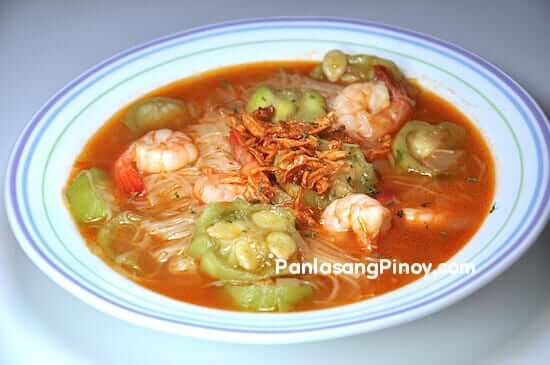

Are you more of a seafood kind of diner? Nothing really beats having some perfectly cooked and seasoned shrimp with a rich, hot broth. And that is what you get with this Misua with Patola And Shrimp recipe! If you cannot imagine the taste, it is a lot like our Almondigas. But it also has a great boost of savor from our tomato sauce. And instead of meatballs, we make use of the semi-sweet and tender shrimp as the meat.
I also love this recipe because of how budget-friendly it is. Plus we utilize a bunch of ingredients that are already pretty common. And so you are likely to have them at home. Some fish sauce, toasted garlic, salt and pepper can do the trick in seasoning this yummy dish.
Sardines With Misua and Patola
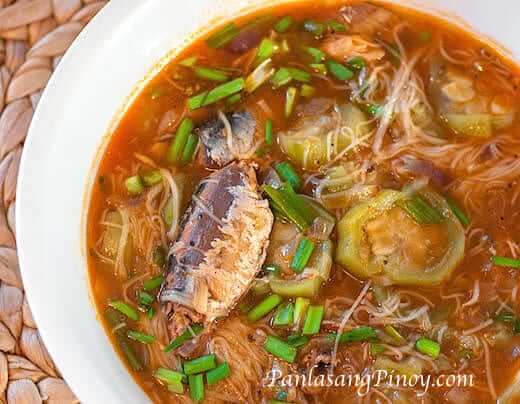

Speaking of affordable dishes, I find working with sardines as a quick and budget-friendly way to eat something that is both flavorful and satisfying. This Sardines With Misua and Patola dish gives our usual misua dish a bit of a twist in terms of both flavor and texture. Like our previous recipe, it has the richness of tomato sauce from the canned sardines.
And it is very easy to make because we only need about 25 minutes for the entire cooking process! The convenience of this dish definitely makes it perfect for those days wherein you are not feeling like whipping up anything complicated as a meal, but want something that is both filling and nutritious.
Bulanglang na Gulay


If you want the full vegetable experience when it comes to your food, Bulanglang na Gulay is one of my favorite recommendations! This Batangas-based recipe I have is both tasty and satisfying. It contains the likes of unripe papaya, Indian eggplant and spinach to make you feel full. You will also not have to worry about salt or fat content because we can just add a bit of salt. And as for seasoning, we will mostly just use that with pepper and a fish cube.
You can actually enjoy this with various kinds of dishes on the side. This can be enjoyed with classics like fried fish, but you can also have just this with rice. That is because our Bulanglang already has enough flavor. And it has a great variety of ingredients you will not get tired of.
But if you find yourself struggling to get ahold of this fruit, no worries! Here are some of my go-to substitutes.


Alternative Ingredients for Patola
Zucchini – I find this to be a great alternative to our patola. That is because it has qualities that are very similar to our patola. These are both greens that have a very mild flavor. But both can bring a lot to the table in terms of health benefits. For one, zucchini has high antioxidant content. And because of the two components’ similarities, you will definitely find misua soups that also utilize zucchini.
Chayote – also known as chayote squash or sayote, is yet another fruit that a lot of people mistake for a vegetable. Both our patola and the chayote have a very light flavor, and are part of the gourd family. One of the main differences lies in the appearance of these components. While chayote has wrinkled skin, patola has segments and ridges, and can resemble a big cucumber.
Is patola one of your favorite ingredients to work with too? Tell me all about the food you like to cook up with patola in the comments below!
